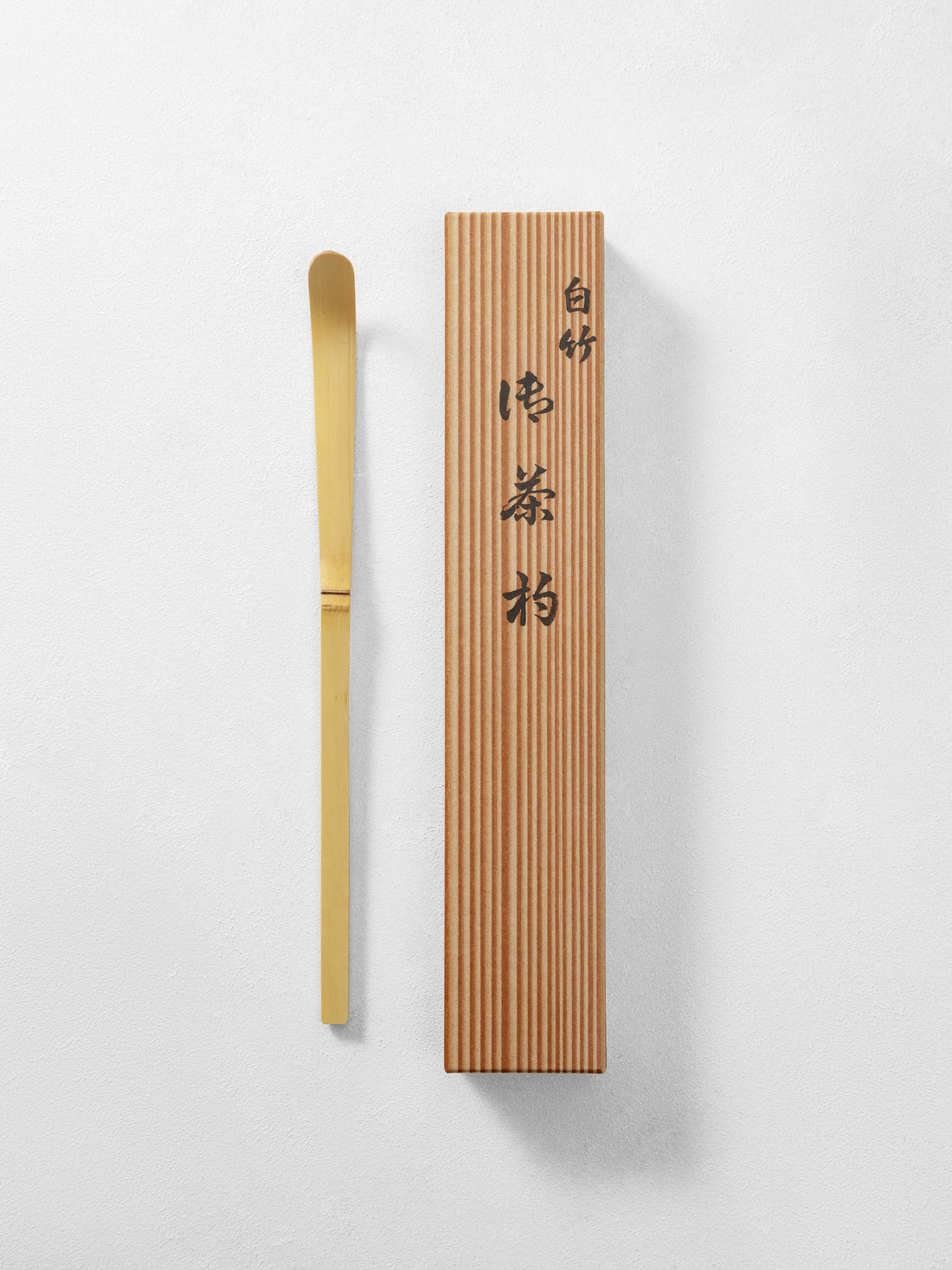Japanese tea - 1000 years of history
The roots of matcha can be traced back to the Tang Dynasty in China, which spanned from the 7th to the 10th centuries. In this era, tea leaves were steamed and compressed into bricks to facilitate transportation and trade. These compressed tea bricks underwent a process involving roasting and grinding before being mixed with water and salt to prepare tea.
However, it was during the subsequent Song Dynasty, reigning from the 10th to the 13th centuries, that this method of tea preparation gained significant popularity. A Japanese Buddhist Monk named Eisai spent a considerable portion of his life studying Buddhism in China. In 1191, Eisai returned to Japan, bringing back tea seeds and the Zen Buddhist techniques of preparing powdered green tea from China. This was the start of Japanese tea.
Eisai proceeded to plant these seeds on the temple grounds in Kyoto, the residence of the Kamakura Shogun. During the Kamakura Shogunate period, matcha production remained limited, turning it into a symbol of luxury and status.
Shortly after Eisai's return to Japan, Zen Buddhists developed a novel method for cultivating green tea. This method involved growing the tea plant under shaded conditions and resulted in tencha, which played a significant role in enhancing the flavor and qualities of matcha.

Uji, Kyoto - the birthplace of matcha
Uji, Kyoto is recognized as the place of origin for matcha, having witnessed the emergence of tea plantations approximately 800 years ago. This came about as locals realized that Uji, situated near Kyoto, offered an ideal environment for nurturing and cultivating the Camellia sinensis plant. The encompassing mountains played a role in creating a more temperate climate and enabling mist to envelop the tea leaves, while the Uji River's nearby waters contributed to maintaining their moisture.
During the initial stages, cultivators observed that the yield from the forested areas surrounding the region boasted superior quality and a more robust flavor. This led them to deduce that the natural shading provided by the trees played a crucial role in this outcome. Consequently, in Uji, adhering to this hypothesis, they erected wooden structures over the tea bushes and arranged layers of straw atop them to shield the plants from direct sunlight. Through the implementation of this shading technique, the foundation for matcha was laid – a distinctive variety of green tea leaves cultivated with care and eventually ground into a fine powder.

Cultivating matcha: A Lifelong Dedication
In the Uji region, a dedicated group of farmers have committed their lives to cultivating matcha, crafting the most exceptional variant of this tea in the nation – and arguably, on a global scale. These farmers form a small, exclusive community that specializes in producing matcha of unparalleled quality. The farms they tend to are often diminutive in size, resulting in the production of ceremonial-grade tea that is exceedingly rare. Indeed, a majority of individuals beyond Japan's borders will likely never experience the sheer excellence of the matcha grown in these fields, far surpassing the standards of what is commonly found in Western cafes.









